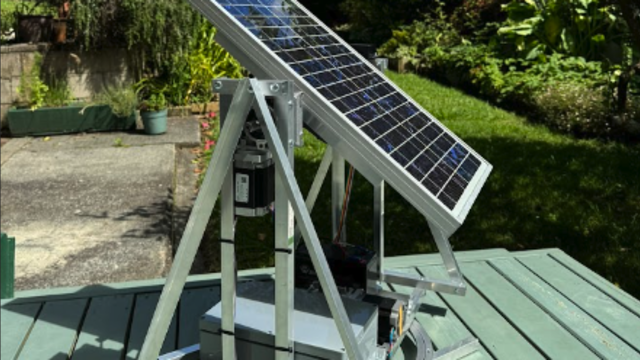Admittedly, robots nowadays are a lot closer to that ideal than they were when I was a teenager. But they are still currently falling short.
At the moment, we need to learn the language of the robot (or computer) in order to talk with it. Although Grace Hopper invented the concept of a compiler, which meant we no longer had to program computers in 1’s and 0’s, FLOW-MATIC, Fortran, and Python are not the languages spoken on the street.
Even computers programmed to understand our speech or ‘natural language’ still need us to behave – “Alexa, turn off the living room lights”, may get the right response. “Alexa, turn the lights in the living room off”, probably won’t.
We no longer need to be a huge company or government agency to be able to build a robot. There are plenty of kit robots that we can make and program, or we can make them ourselves. The Pi Wars competition, (piwars.org/2019-competition – take a look in issue 9 for more info), is a great example of what can be done. The event is based on a set of challenges – some autonomous, some using remote control, and there are various levels, so no matter your skill at programming, you can still compete in everything.
There are a lot of robots out in the wild – and many opportunities to interact with them. Pepper and Nao are humanoid and interact with humans – I’ve had the chance to play with them both and they are fun! Sir Killalot and Matilda from Robot Wars are, admittedly, remote control, but they are at many science fair-style events, and you can get to meet them too. Ones that I am glad exist, but don’t really want to meet on a dark night, include; PackBot – which is used on dangerous missions such as bomb disposal and for chemical detection, and the spider-bot Latro, which was originally designed to clean up Sellafield nuclear storage site. I am yet to meet the cuddly seal, PARO – designed for use in hospitals and nursing homes as a form of pet therapy. I am now wondering whether I should make my own version…







